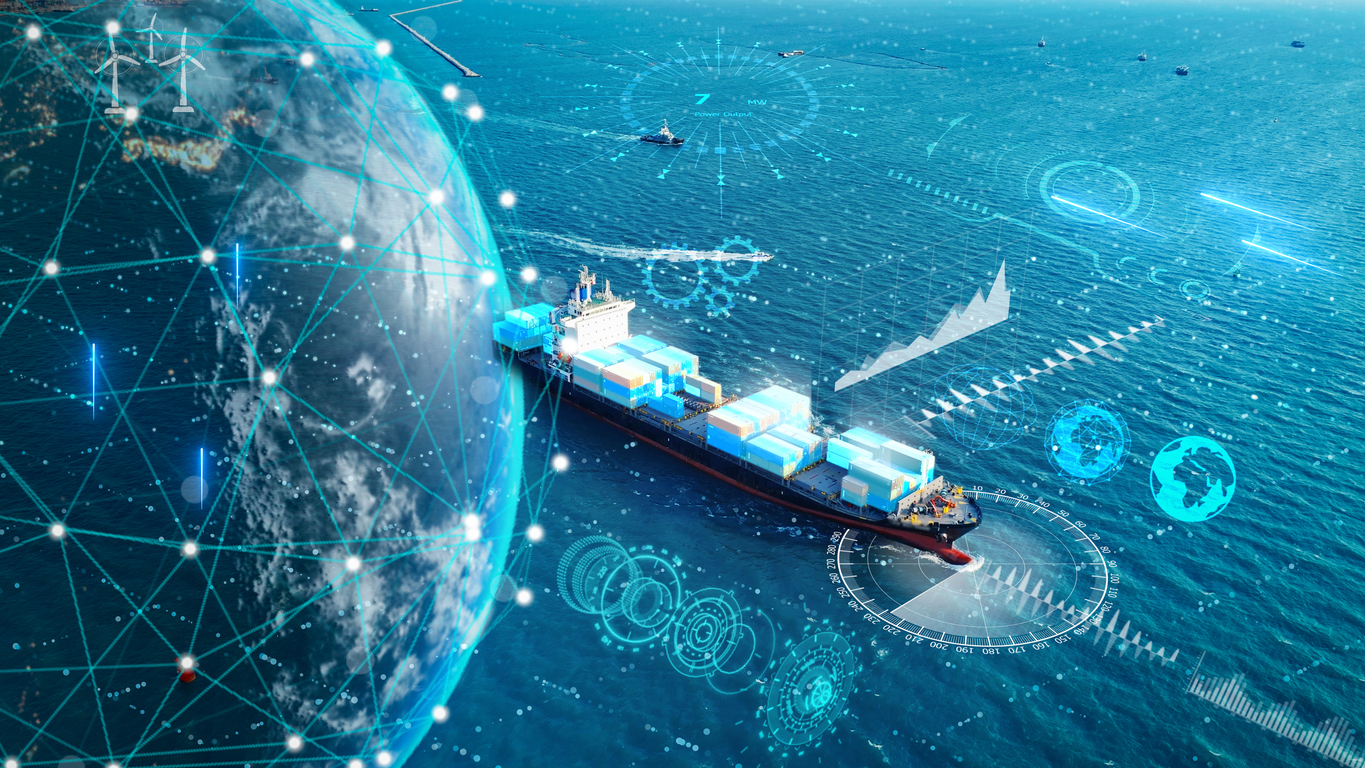By Dr. Izyan Munirah Mohd Zaideen, senior lecturer at Faculty of Maritime Studies, Universiti Malaysia Terengganu; and Captain Mohd Faizal Ramli, EHS Marine Specialist in oil and gas sector.
The maritime history of Malaysia dates back to the time of the Malacca Sultanate in the 15th century. The Strait of Malacca has been an important shipping route for a long time. It has a long history of trade, shipping, colonization, and efforts by various parties to ensure political and economic stability.
To date, the Strait is considered to be among the most heavily-used straits for international navigation, with more than 80,000 ships traversing these sea lanes annually. The strategic features make Malaysia a convenient maritime link that is significant for the world’s commercial trade. The Strait of Malacca connects the Indian Ocean and Pacific Ocean through the South China Sea, which offers the shortest and most economical route for global petroleum and other liquids production.
From time to time, Malaysia has put in a lot of work over the years to improve maritime areas like ports, environmental protection, infrastructure for safe navigation, and international agreements. To deal with various issues like advanced technology, different fuel types used by new vessels, larger vessels with deeper draughts, and even the possibility of Maritime Autonomous Surface Ships (MASS), is Malaysia’s effort enough?
Port Klang and Port of Tanjung Pelepas (PTP), both ranked among the world’s top 20 ports, may have set excellent performance benchmarks last year, with container volumes of 13.64 million and 11.2 million twenty-foot equivalent units (TEU) respectively.
Malaysia is currently recovering well from the effects of the pandemic, with maritime trade in terms of GDP performing better than expected, in part because it continues to unfold in stages. But while Malaysia’s economy is growing at different rates, the maritime industry is growing slowly.
Hence, Malaysia needs to make its port and shipping sector more efficient, resilient, and significantly greener in order to be fully prepared for the future. The ambition of Malaysia to emerge as a maritime nation should be backed up with a robust, far-reaching, and people-centric strategy.
The need to upgrade ports and other crucial transportation infrastructure is growing more urgent as a result of the global expansion of e-commerce, which has elevated and improved consumer shopping preferences and purchasing behaviors.
The maritime sector is constantly at the cutting edge of knowledge and investments in research and development (R&D) activities are helping the sector transition toward a sustainable approach. But how many improvements and what kind of R&D budget have been allocated to the maritime industry?
The component of policy evaluation for continuous improvement is critical to good maritime governance. It will assist the government in making the necessary changes to adapt to changes in the business environment and remain competitive.
In fact, despite investment in the maritime sector, there is a lack of information and reliable data required for effective management, and existing policies have not received the full attention they deserve. Competent key personnel are required in all agencies to raise Malaysia’s standard and achieve the vision of a respectable maritime nation.
Looking ahead, it is likely that a maritime industry strategic plan will require a road map and clear ideas of possible plans of action in order to ensure significant progress. The effective continuation of the Malaysia Shipping Master Plan, using the previous plan as a lesson learnt, is critical for a rigorous and viable maritime plan.
Maritime industry players must invest in new expansions and technologies to strengthen their resilience to upcoming crises, and Malaysia’s future as a maritime nation encapsulates the cooperation and commitment of all maritime players.
To ensure that the maritime industry is sustainable in the future, the stakeholders must shield themselves from competitive pressure by upgrading technology, increasing cargo capacity, reducing labor shortages, guaranteeing an adequate supply of skilled labor, enhancing performance, and strengthening regional transport connections.
Photo credit: iStock/ Eddie Leong









